University of Melbourne students successfully reanimated an 18th-century mechanical artwork depicting the eruption of Mount Vesuvius, a feat achieved after 250 years of dormancy. The intricate mechanical model, created in 1775 by British ambassador Sir William Hamilton, was brought to life using modern technology and the creative problem-solving of two University of Melbourne engineering students.
According to Dr. Emma Taylor, a professor at the University of Melbourne, the students employed a combination of 3D printing, computer-aided design, and programmable lights to recreate the original artwork. "The students' innovative approach allowed us to breathe new life into a piece of history that had been forgotten for centuries," Dr. Taylor said. "Their work not only showcases the power of modern technology but also highlights the importance of preserving and reinterpreting historical artifacts."
The original mechanical model was designed to capture the explosive beauty of Mount Vesuvius, a volcano in Italy that erupted in 79 AD, destroying the ancient Roman cities of Pompeii and Herculaneum. Sir William Hamilton, who was fascinated by the volcano's power and beauty, created the mechanical model as a testament to the scientific and artistic knowledge of his time. The model features intricate mechanisms that simulate the eruption of the volcano, complete with programmable lights and movement.
The University of Melbourne students' re-creation of the mechanical model is not only a testament to their technical skills but also a celebration of the intersection of art and science. "We were inspired by the creativity and ingenuity of Sir William Hamilton and his contemporaries," said one of the students, who wished to remain anonymous. "Our goal was to bring this forgotten piece of history back to life and share it with the world."
The re-creation of the mechanical model is currently on display at the University of Melbourne's engineering faculty, where it is being showcased as a prime example of the power of modern technology to preserve and reinterpret historical artifacts. The university plans to continue working on the project, exploring new ways to use modern technology to bring other historical artifacts to life.
In a statement, the University of Melbourne's vice-chancellor, Professor Tanya Monro, praised the students' achievement, saying, "This project is a shining example of the university's commitment to innovation, creativity, and the preservation of our cultural heritage." The university's efforts to reanimate the mechanical model are expected to inspire a new generation of engineers, artists, and historians to explore the intersection of art and science.


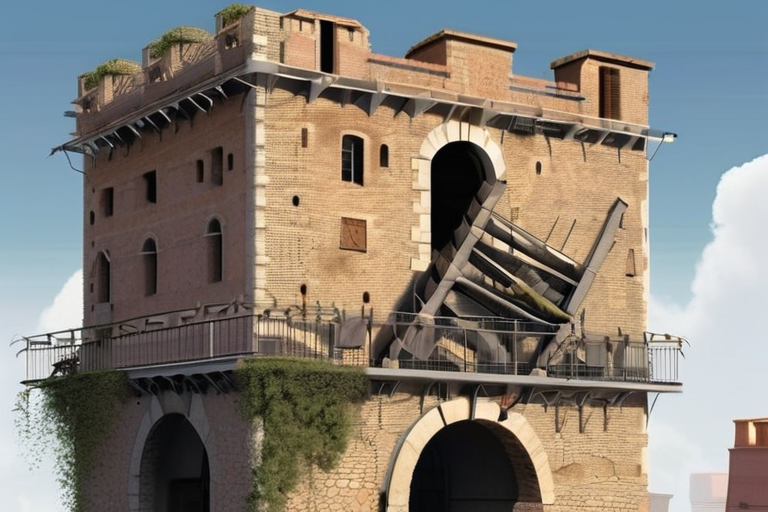
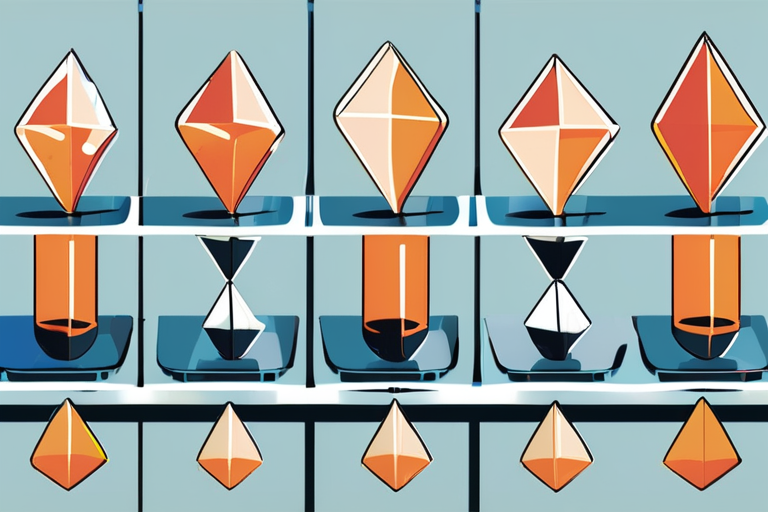
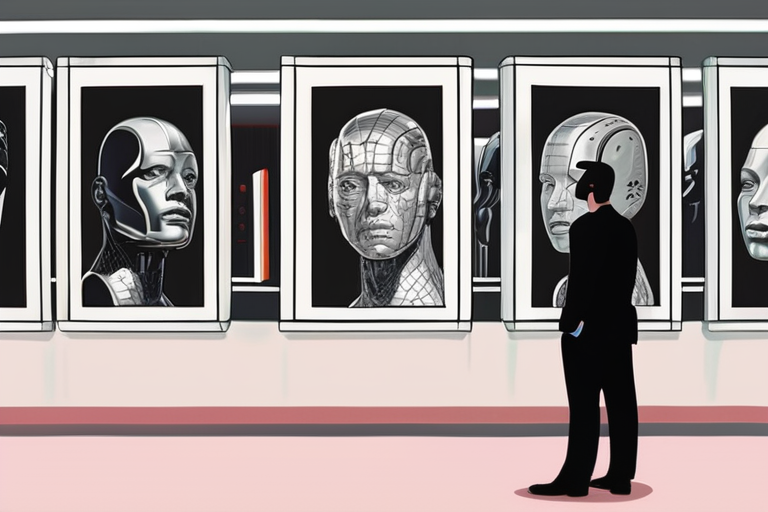
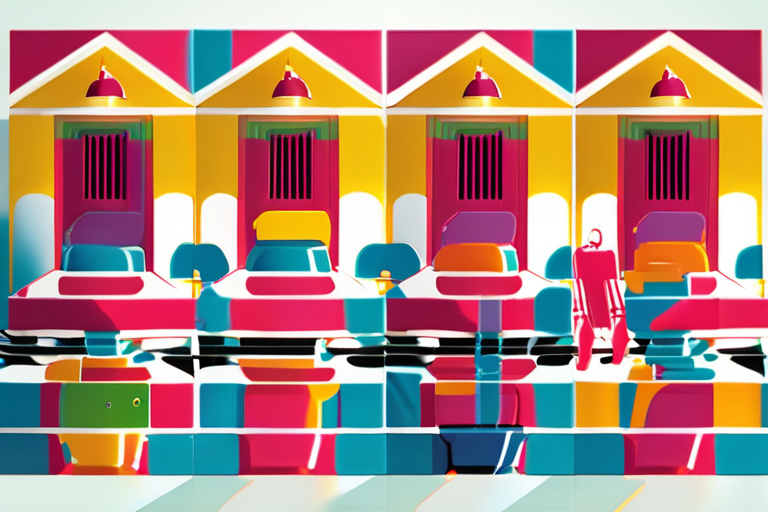
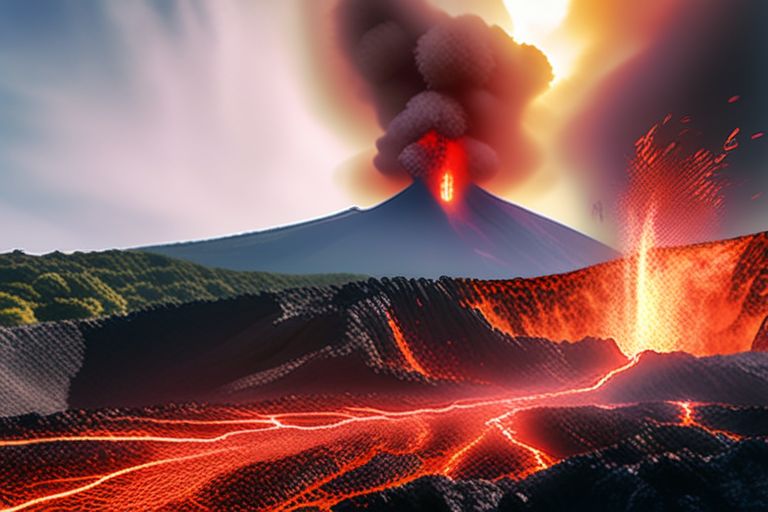
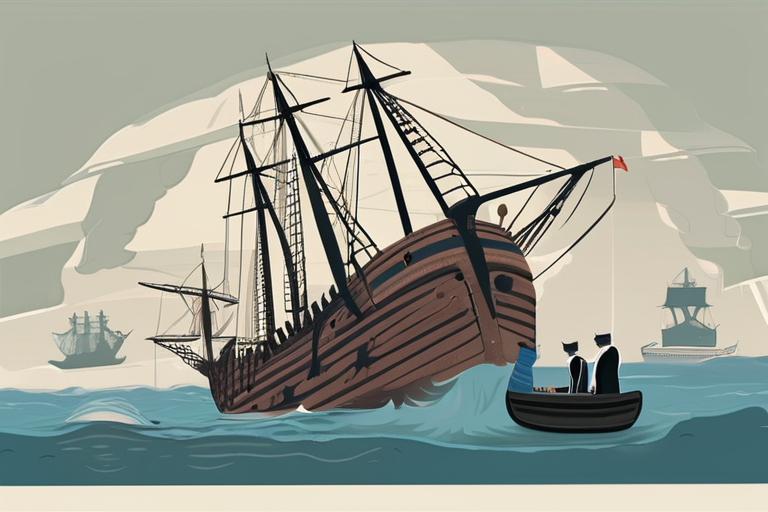
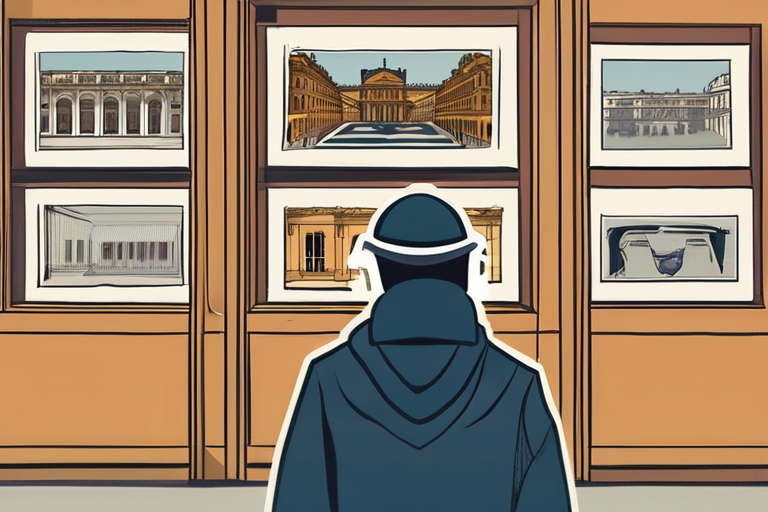
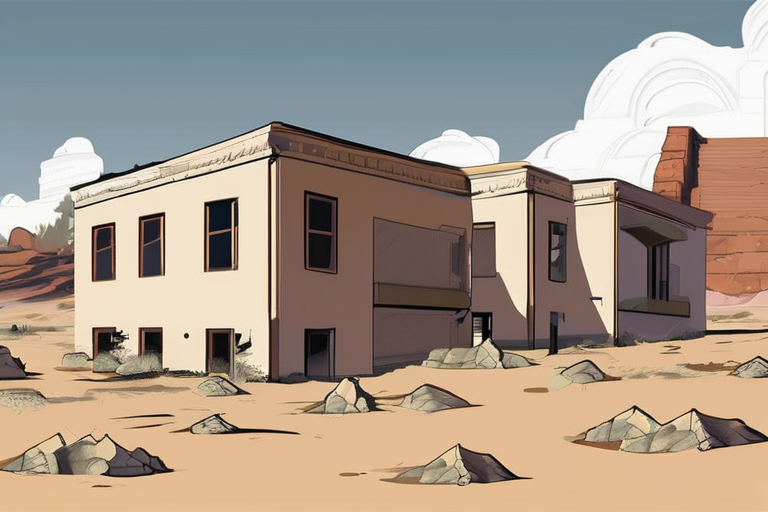
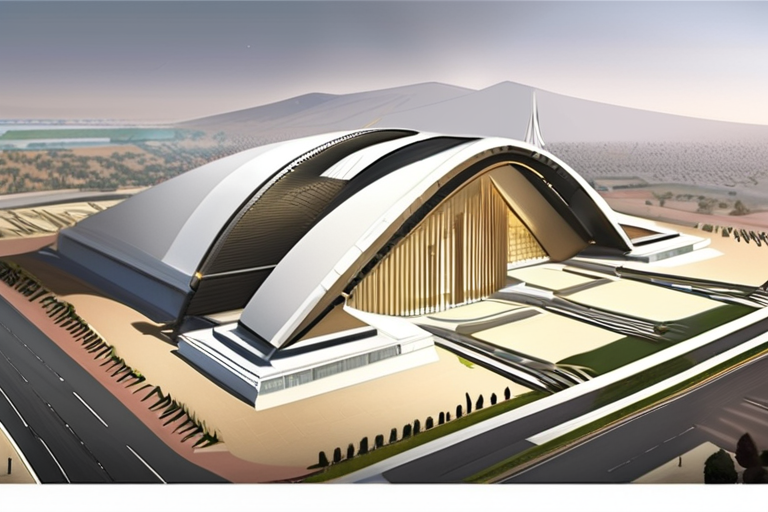

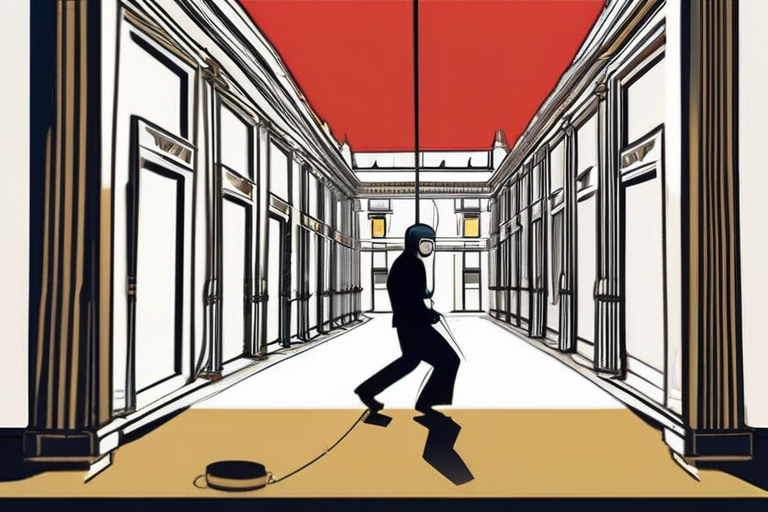

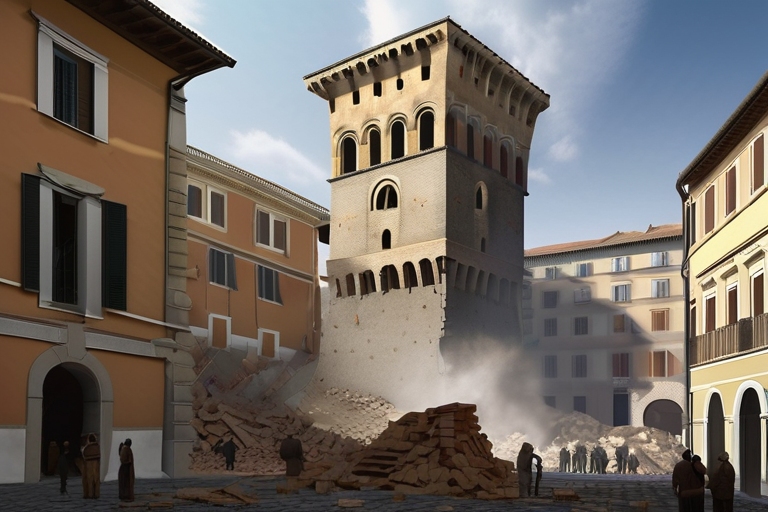



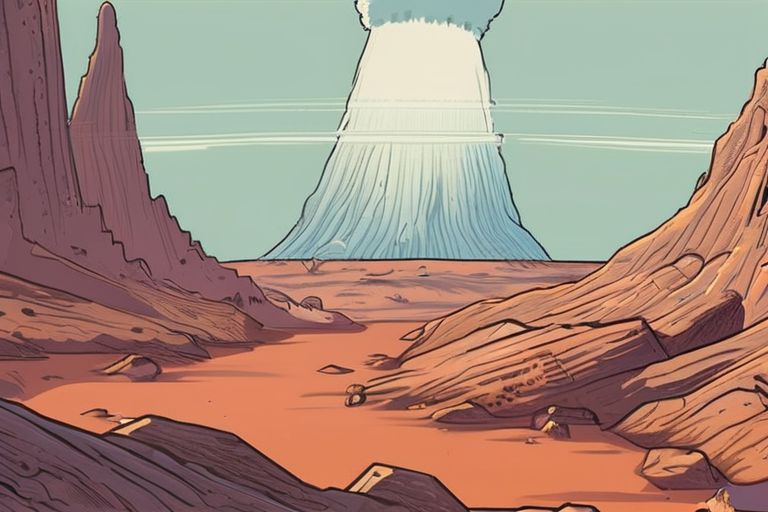
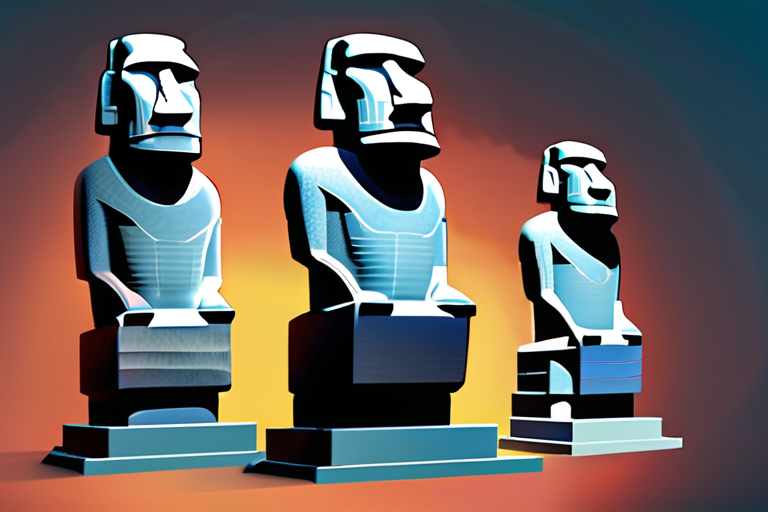

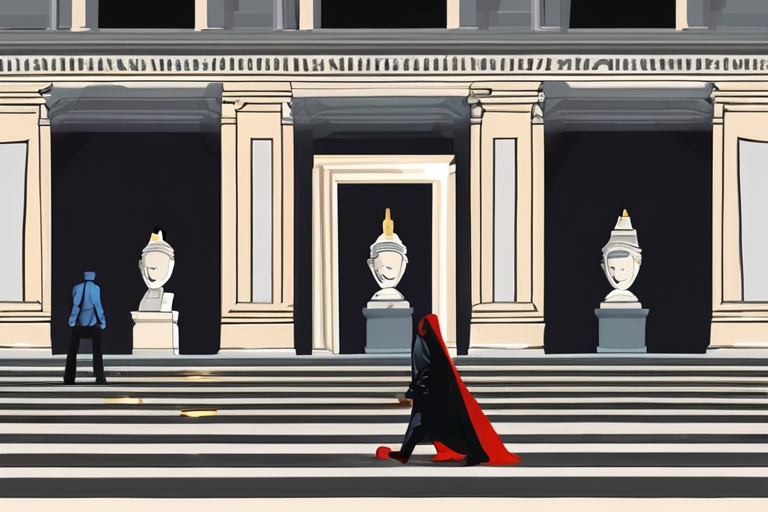


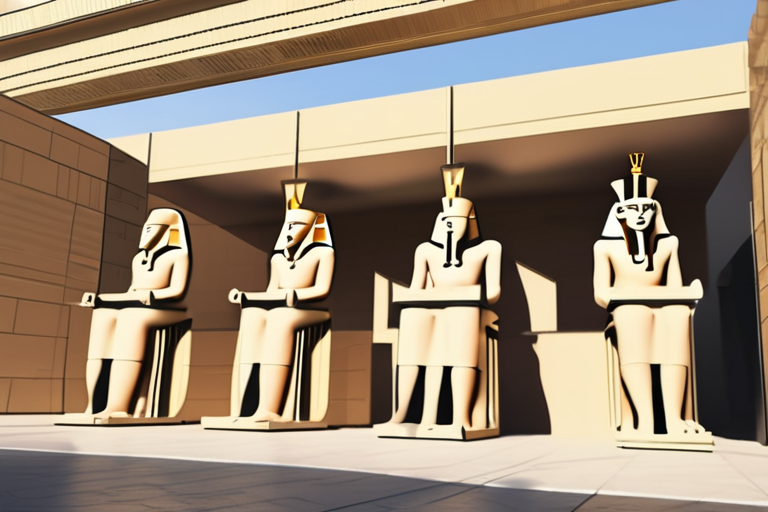
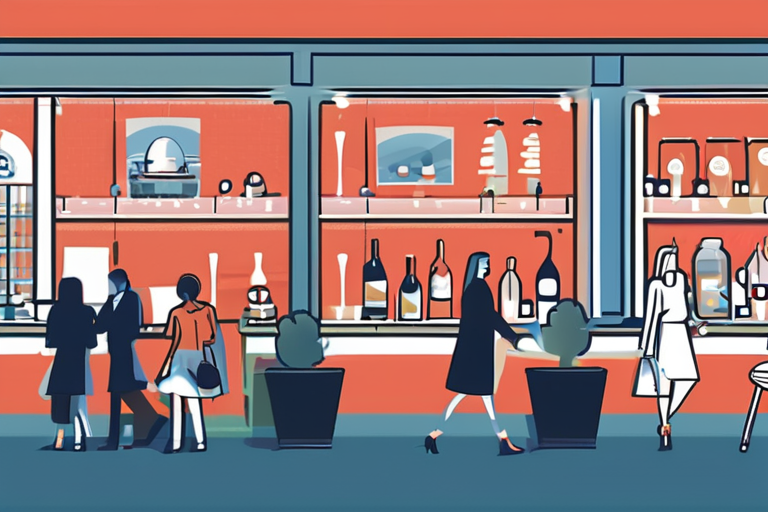
Share & Engage Share
Share this article